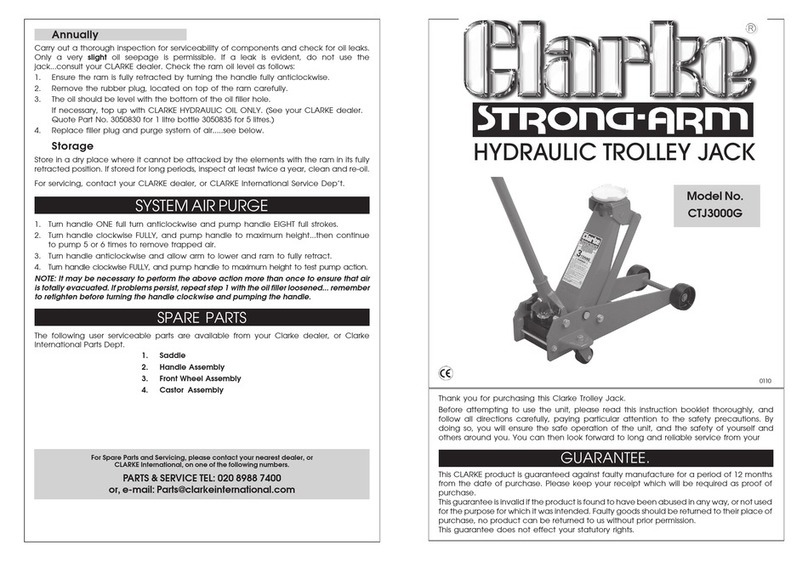
Email: custserv@racinerailroad.com
Machine Use and Safety Precautions
Failure to follow safety precautions when operating this equipment can
result in serious injury or death to the operator or other persons in the
area.
Observe the following precautions whenever you are operating, working
on or near this equipment.
Do not use this machine for other than its intended purpose.
Do not make any modifications without authorization or written approval from Racine Railroad Products.
Replace all Racine Railroad Products and OEM parts with genuine Racine Railroad Products and OEM
parts. Using non-OEM parts may compromise the safety of the machine.
Do not wear loose clothing, jewelry, radio belts, etc., when operating, working on or near this equipment.
They can be caught in moving parts and may result in severe injury.
Always wear appropriate personal protective clothing when operating this equipment: e.g. Orange safety
vest, hard hat, safety glasses with side shields, hearing protection, steel-toed safety boots, leather gloves,
dust respirator, etc.
Always lift heavy objects with the knees and legs, not the arms and back.
Always keep hands, arms, feet, head, clothing, etc., out of the operating area and away from all rotating
or moving components when operating, working on or near this machine.
Always make sure that all guards, covers, belts, hoses and operating components are in good working
order and that all controls are in the appropriate position before starting the engine.
Always make sure that all safety equipment installed properly and are in good working order. Do not
operate the machine until unsafe conditions have been corrected.
Always operate in a well-ventilated area and make sure that the air filters, air filter covers, and muffler
are in good condition.
Always keep the machine clean and free of debris. Operate the machine in a safe and responsible
manner. Exercise caution when fueling, working on or near rotating or moving components, hot
components and fuel systems. Be aware of potential fire hazards and prevent sparks, exhaust, etc., from
starting fires on the machine and/or work area.
Always comply with all instructions provided on any decals or placards installed on the machine and with
any relevant amplifying information provided in this manual or other general operating procedures.
Always shut disconnect the power source and make sure that all controls are in a safe position and
install all appropriate locking and safety devices before doing any of the following:
•Lubricating
•Adjusting
•Installing Tooling
•Making Repairs
•Performing Service



























